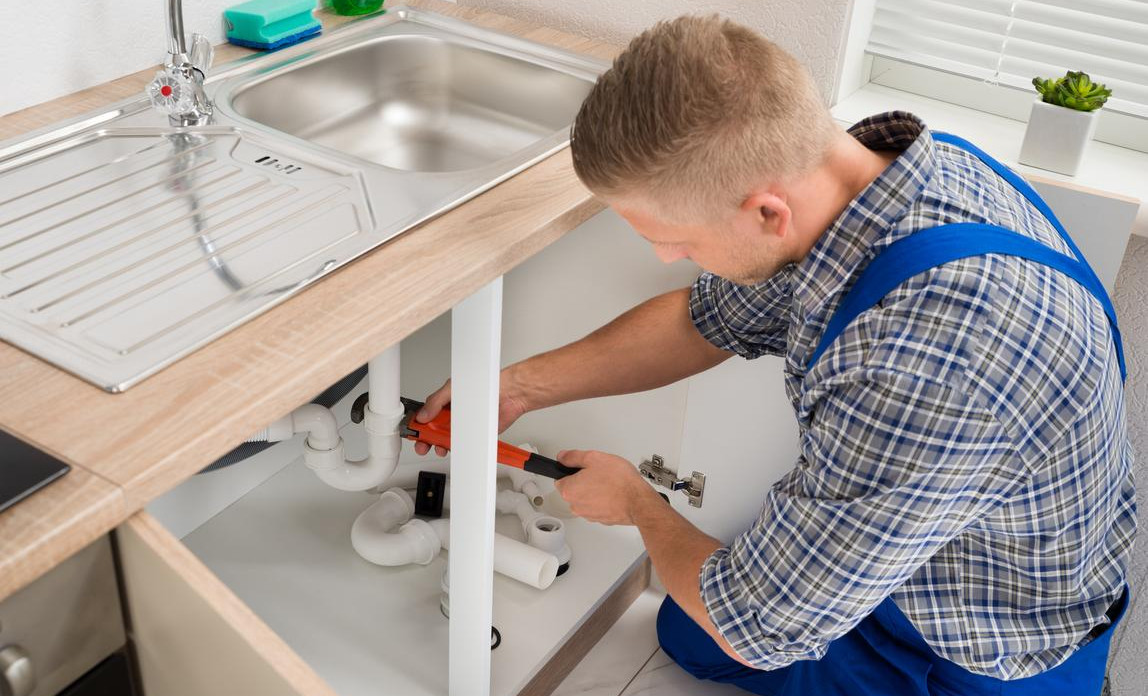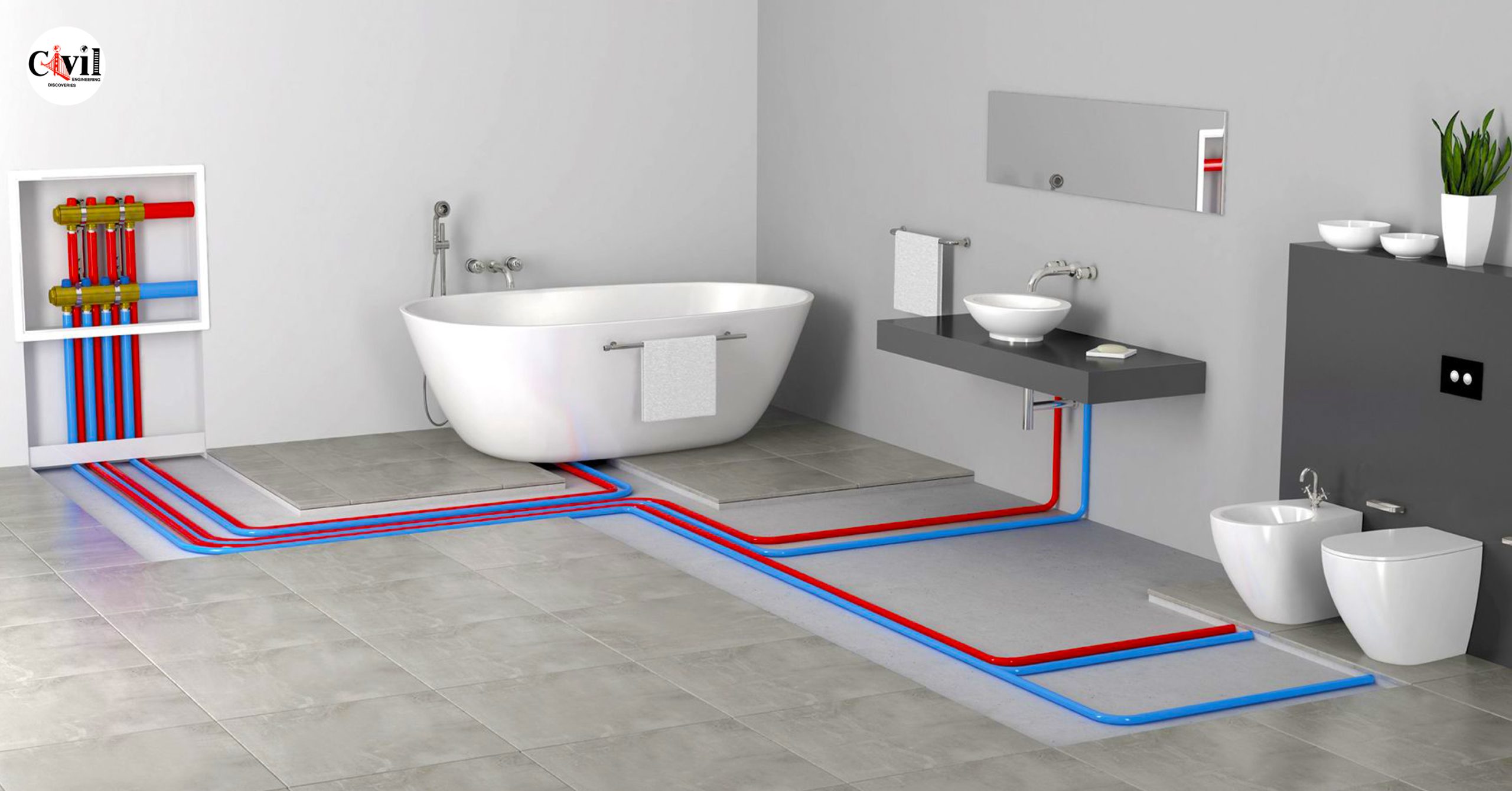Key Components of Your House's Plumbing System
Key Components of Your House's Plumbing System
Blog Article
Presented here on the next paragraphs you will find additional superb resources with regards to Exploring Your Homes Plumbing Anatomy.

Understanding how your home's plumbing system functions is essential for every home owner. From supplying tidy water for drinking, food preparation, and bathing to safely getting rid of wastewater, a well-kept pipes system is critical for your family's health and wellness and convenience. In this thorough guide, we'll discover the detailed network that composes your home's plumbing and offer suggestions on maintenance, upgrades, and handling common problems.
Introduction
Your home's plumbing system is greater than just a network of pipes; it's a complex system that ensures you have accessibility to tidy water and reliable wastewater elimination. Recognizing its elements and exactly how they interact can aid you avoid costly repairs and ensure every little thing runs smoothly.
Fundamental Parts of a Pipes System
Pipes and Tubing
At the heart of your plumbing system are the pipes and tubes that lug water throughout your home. These can be constructed from numerous products such as copper, PVC, or PEX, each with its benefits in terms of sturdiness and cost-effectiveness.
Fixtures: Sinks, Toilets, Showers, etc.
Components like sinks, commodes, showers, and bathtubs are where water is made use of in your home. Understanding how these fixtures attach to the plumbing system aids in detecting issues and intending upgrades.
Valves and Shut-off Factors
Valves regulate the flow of water in your pipes system. Shut-off shutoffs are important throughout emergencies or when you require to make fixings, enabling you to separate parts of the system without interfering with water circulation to the whole residence.
Water Supply System
Key Water Line
The main water line attaches your home to the community water supply or a personal well. It's where water enters your home and is dispersed to different fixtures.
Water Meter and Stress Regulatory Authority
The water meter procedures your water usage, while a pressure regulator makes certain that water streams at a safe pressure throughout your home's pipes system, protecting against damage to pipelines and components.
Cold Water vs. Hot Water Lines
Recognizing the distinction in between cold water lines, which supply water straight from the main, and hot water lines, which lug heated water from the hot water heater, helps in repairing and planning for upgrades.
Water drainage System
Drain Pipeline and Traps
Drain pipelines carry wastewater far from sinks, showers, and commodes to the drain or septic tank. Catches prevent drain gases from entering your home and additionally trap particles that could create clogs.
Air flow Pipes
Air flow pipelines permit air right into the drain system, preventing suction that might slow water drainage and trigger traps to vacant. Proper air flow is necessary for maintaining the honesty of your plumbing system.
Importance of Proper Drain
Guaranteeing correct water drainage stops backups and water damage. Frequently cleaning up drains and keeping catches can avoid pricey repair work and expand the life of your plumbing system.
Water Furnace
Kinds Of Hot Water Heater
Water heaters can be tankless or traditional tank-style. Tankless heating units warmth water as needed, while tanks save heated water for prompt use.
Upgrading Your Plumbing System
Reasons for Updating
Upgrading to water-efficient components or replacing old pipes can improve water top quality, minimize water bills, and raise the value of your home.
Modern Pipes Technologies and Their Advantages
Check out modern technologies like wise leakage detectors, water-saving bathrooms, and energy-efficient hot water heater that can conserve money and minimize ecological impact.
Expense Factors To Consider and ROI
Compute the in advance costs versus long-lasting savings when considering pipes upgrades. Numerous upgrades spend for themselves with lowered utility costs and less repair services.
Exactly How Water Heaters Connect to the Plumbing System
Understanding how hot water heater link to both the cold water supply and warm water circulation lines helps in detecting issues like not enough hot water or leaks.
Upkeep Tips for Water Heaters
Frequently flushing your water heater to remove debris, checking the temperature level settings, and examining for leakages can extend its lifespan and improve power effectiveness.
Usual Plumbing Concerns
Leaks and Their Reasons
Leakages can occur due to maturing pipes, loose installations, or high water stress. Dealing with leakages promptly stops water damage and mold development.
Blockages and Obstructions
Obstructions in drains and commodes are frequently brought on by purging non-flushable items or an accumulation of oil and hair. Making use of drainpipe screens and bearing in mind what goes down your drains can prevent clogs.
Indicators of Plumbing Issues to Look For
Low tide stress, slow drains, foul odors, or unusually high water bills are indications of prospective pipes issues that should be dealt with quickly.
Pipes Maintenance Tips
Routine Inspections and Checks
Arrange yearly plumbing examinations to catch problems early. Seek indicators of leaks, deterioration, or mineral buildup in taps and showerheads.
DIY Upkeep Tasks
Easy tasks like cleansing faucet aerators, looking for commode leaks making use of color tablets, or insulating subjected pipelines in cool climates can stop significant plumbing problems.
When to Call a Specialist Plumbing
Know when a pipes issue needs specialist proficiency. Attempting intricate repairs without appropriate understanding can cause even more damage and higher fixing prices.
Tips for Decreasing Water Usage
Easy habits like taking care of leakages promptly, taking much shorter showers, and running full lots of washing and dishes can conserve water and reduced your utility costs.
Eco-Friendly Plumbing Options
Think about lasting pipes products like bamboo for floor covering, which is durable and eco-friendly, or recycled glass for countertops.
Emergency Preparedness
Steps to Take Throughout a Pipes Emergency situation
Know where your shut-off shutoffs are located and just how to shut off the supply of water in case of a burst pipeline or major leakage.
Value of Having Emergency Get In Touches With Handy
Maintain contact information for regional plumbings or emergency situation solutions easily offered for fast response during a pipes situation.
Ecological Impact and Conservation
Water-Saving Components and Devices
Setting up low-flow taps, showerheads, and bathrooms can substantially minimize water use without compromising performance.
Do It Yourself Emergency Fixes (When Appropriate).
Short-lived fixes like using air duct tape to patch a leaking pipeline or putting a bucket under a trickling faucet can reduce damage up until an expert plumbing professional arrives.
Verdict.
Understanding the makeup of your home's pipes system encourages you to keep it properly, conserving money and time on fixings. By following regular upkeep regimens and remaining educated concerning modern-day pipes technologies, you can guarantee your plumbing system operates efficiently for several years to find.
Understanding Your Home Plumbing System: A Comprehensive Guide
Plumbing System: The Lifeline of Your Home
At its core, the plumbing system is designed to perform two primary functions: bring fresh water into your home and remove wastewater. The system is a network of pipes, fixtures, and other components that transport water and sewage. Residential plumbing systems include potable water supply lines, drain-waste-vent (DWV) systems, and various plumbing fixtures that make water use in daily tasks possible.
Key Components:
Water Supply: This part of your plumbing system brings municipal water into your home, passing through the main water supply line. It s responsible for supplying all water needs, from drinking to bathing.
Drainage System: It carries waste and water away from your home to the sewer or septic system. This system includes all the piping within your home that leads to external sewage or septic systems.
Vent System: An essential yet often overlooked component, the vent system allows sewer gases to escape and lets air into the drainpipes, ensuring water and waste move correctly through the system.
Fixture: More Than Just Taps and Toilets
Plumbing fixtures are the most interactive parts of the plumbing system, including faucets, showers, toilets, and sinks. Each fixture is connected to the plumbing system and plays a role in either the delivery of freshwater or the disposal of waste and wastewater.
Types of Fixtures:
Faucets and Sinks: Used for washing hands, dishes, and other daily water needs. Toilets: Dispose of human waste through the sewage system. Bathtubs and Showers: Provide bathing facilities, requiring both hot and cold water supply. Water Supply: The Source of Life
The water supply system is a critical component, ensuring that potable water is available throughout your home for various uses, including drinking, cooking, and cleaning. This system consists of pipes that distribute water to different parts of the house, controlled by valves to regulate the water flow.
Types of Plumbing: Materials and Methods
Various types of plumbing systems and materials are used in residential settings, each with its advantages and applications. From copper and PVC pipes for water supply to cast iron and ABS for drainage, the choice of materials can impact the longevity and efficiency of your plumbing system.
https://intownplumbingtx.com/articles/home-plumbing-system-guide/

I found that review on The Inner Workings of Your Home's Plumbing while looking around the search engines. Do you know about another individual who is intrigued by the topic? Do not hesitate to share it. Thanks for your time spent reading it.
This Post Report this page